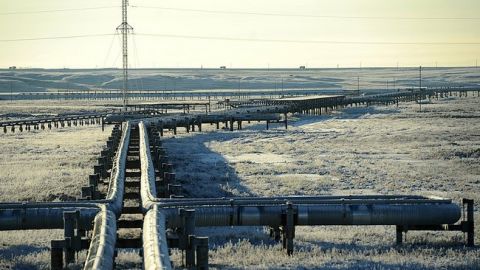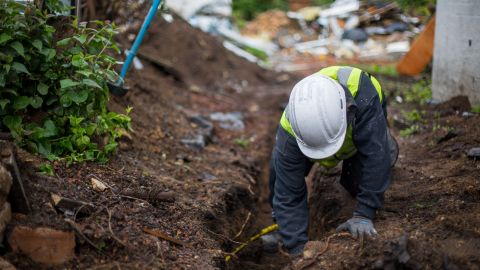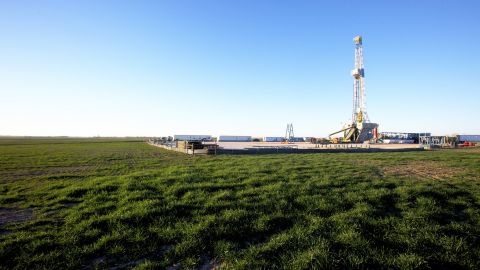
Russia’s Largest Gas Field and the War in Ukraine
This fuel-rich area in Arctic Russia could potentially emit 11.2 billion tons of carbon dioxide throughout its lifetime.

This fuel-rich area in Arctic Russia could potentially emit 11.2 billion tons of carbon dioxide throughout its lifetime.

Clean energy projects can take several years to be approved in the United States. What solutions can permitting reform present?

Between their cheaper operating costs and reduced emissions, electric vehicles are becoming the new focus of clean transportation.

This “Tip of the Iceberg” episode explores EPA’s obligations with regard to carbon emissions, as well as some new EPA regulations.

This episode of "The Sweaty Penguin" explores what “environmental art” means and looks at some of the environmental impacts of art.

The shale in Southeast Texas has the potential to emit 5.9 billion tons of carbon dioxide over the course of its extraction lifetime.

Stilt houses offer coastal communities a way to adapt to climate change, reducing flood risk and increasing tourism revenue.

The Denka chloroprene plant puts residents of LaPlace, Louisiana, at higher risks of cancer. How can their air and future be healthier?

Despite many innovative clean energy ideas, few have been implemented in Israel, home of the problematic "carbon bomb" Leviathan Gas Field.

Red Spruces are faced with droughts, cold fronts, and acid rain. What does the future look like for these important trees?

Green crabs are one of the worst invasive species, destroying seagrass, salt marshes, and shellfish populations.

The Marcellus Shale in Pennsylvania is home to the second highest emitting oil and gas carbon bomb globally. Why is this project harmful?